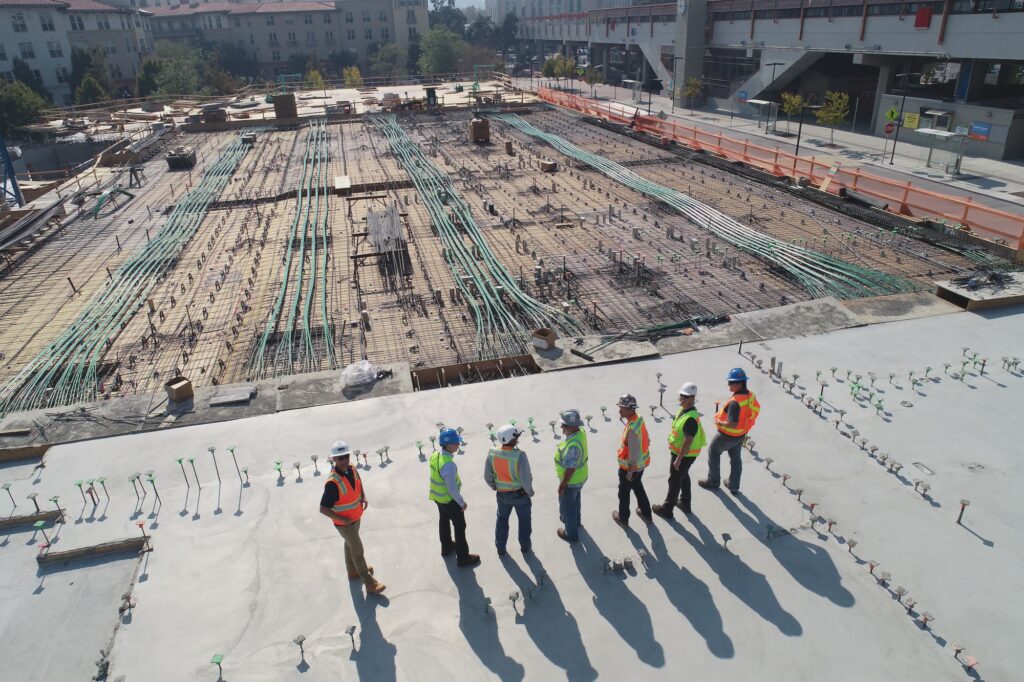On Monday, Feb. 12, ASSP published ANSI/ASSP A10.50 Standard for Heat Stress Management in Construction and Demolition Operations. ASSP says the standard, which establishes heat stress management procedures, can apply to “all work environments.” It provides a comprehensive look at heat stress management from training to emergency response.
We were there. ISEA sat on the A10.50 drafting committee. ISEA members helped carefully craft language in the PPE section and the appendix, which offers detailed recommendations for personal cooling solutions and work wear to manage heat stress.
Why it matters: Heat stress has quickly become a top occupational safety and health issue. Not all safety leaders are versed or schooled in heat stress management. And, without an OSHA rule, there’s a void in uniform best practices to protect workers from hazardous heat exposures.
OSHA: OSHA is the riddle here. It’s possible the agency will reference the standard or recommend employers follow a published heat stress management plan, no matter the publisher. (OSHA recommends a similar approach in its Safe+Sound campaign).
OSHA’s heat stress citations demonstrate the agency wants employers to have an effective, written heat stress plan – one that employees are trained to and will follow. The new ANSI/ASSP A10.50-2024 standard provides employers with a plan so they don’t have to start from scratch, and it’s something OSHA enforcement staff members can reference in those cases where employers don’t have one.
Last, as states and OSHA move forward with heat stress standards, the new ASSP document can be referenced, either in mandatory or non-mandatory text.
Zoom in: The standard states “Personal protective equipment (PPE) that facilitates cooling can be used to supplement engineering and administrative controls when they are insufficient to reduce heat exposure to safe level as long as the PPE does not create a greater hazard.”
On clothing, the standard states: “Quick-dry moisture-wicking clothing may be considered since it absorbs sweat. Clothing with open-up vents or mesh panels can help allow for sweat evaporation.”
Hydration. The standard calls for one quart per employee for drinking each hour over the entire shift. The standard also calls for “electrolyte replenishment beverages…when employees are involved with heavy work activities for greater than 2 hours…”
Zoom out: ASSP’s A10 committee focuses on construction and demolition. Its members, including ISEA, recognized a template standard for heat stress management would help protect not only construction workers, but also anyone working in conditions over 80-f.
What’s next: ISEA’s Heat Stress Product Group is considering the most impactful ways to engage and educate end-users on the PPE, clothing, shade tents and electrolyte replenishment recommendations in ASSP’s new standard.
Product Group members are also discussing the components of an ISEA stress standard, such as the product types, testing, and compliance ratings for key personal cooling solutions.
Want more information: You can obtain the standard at ANSI Webstore.
Also, contact ISEA for more info!


